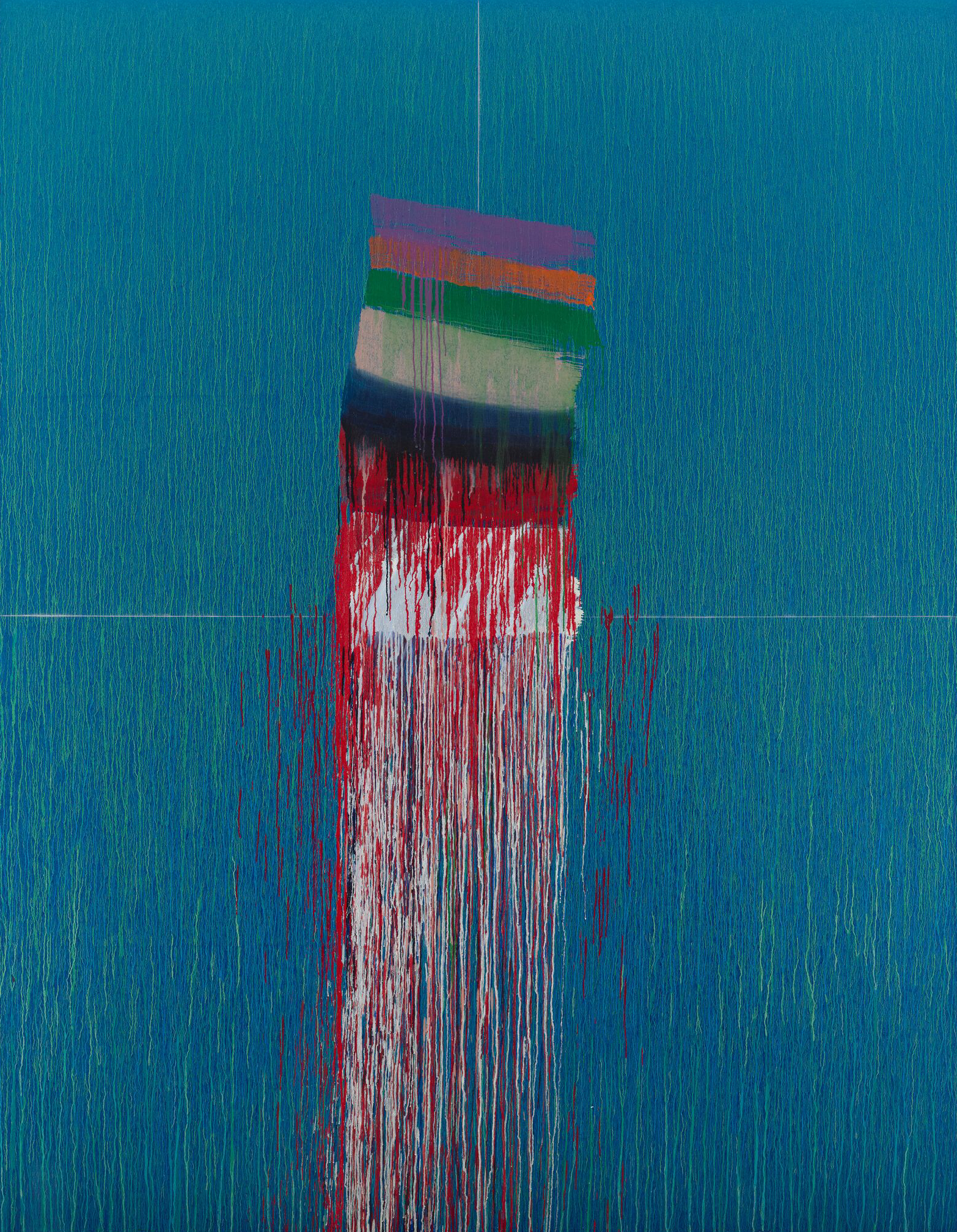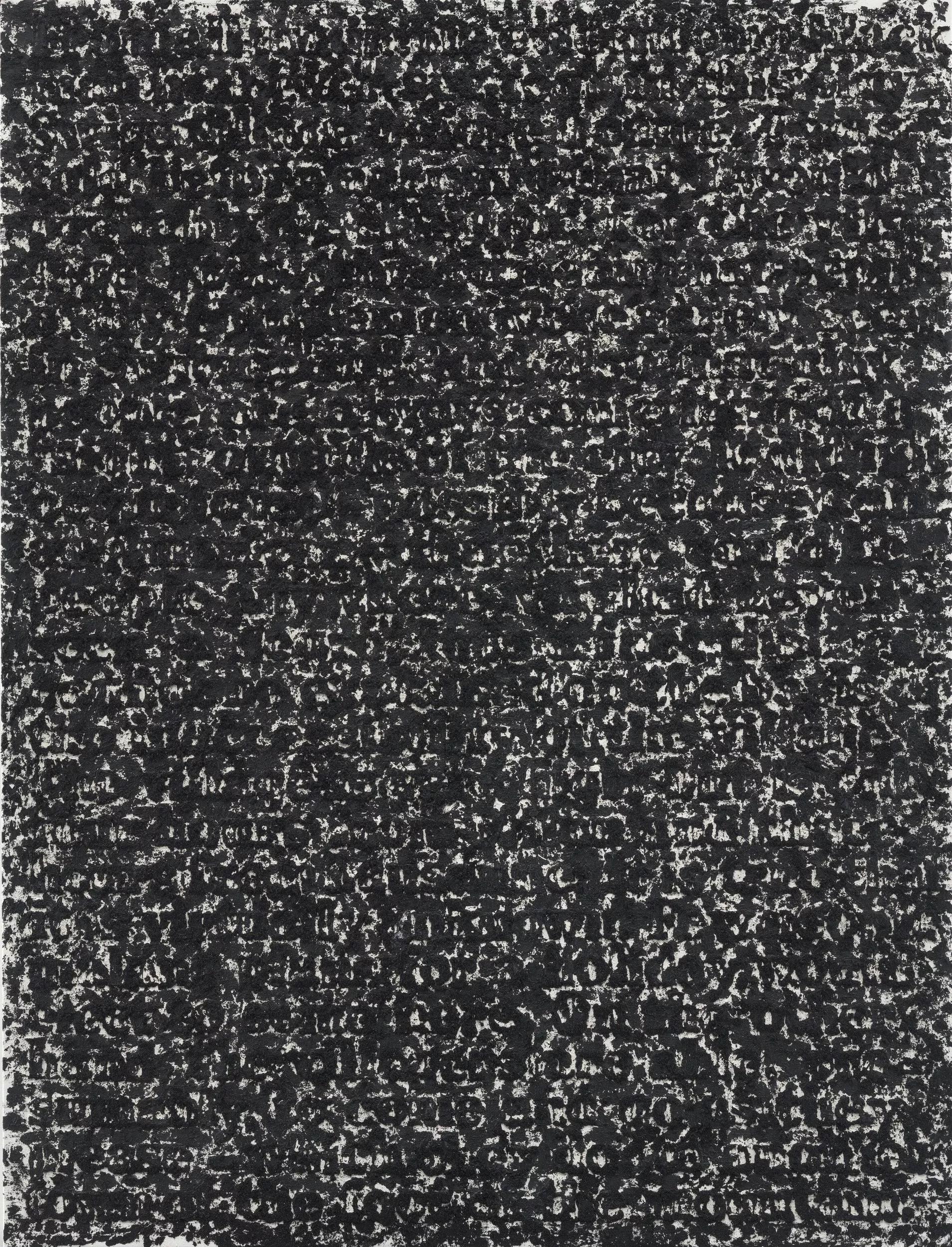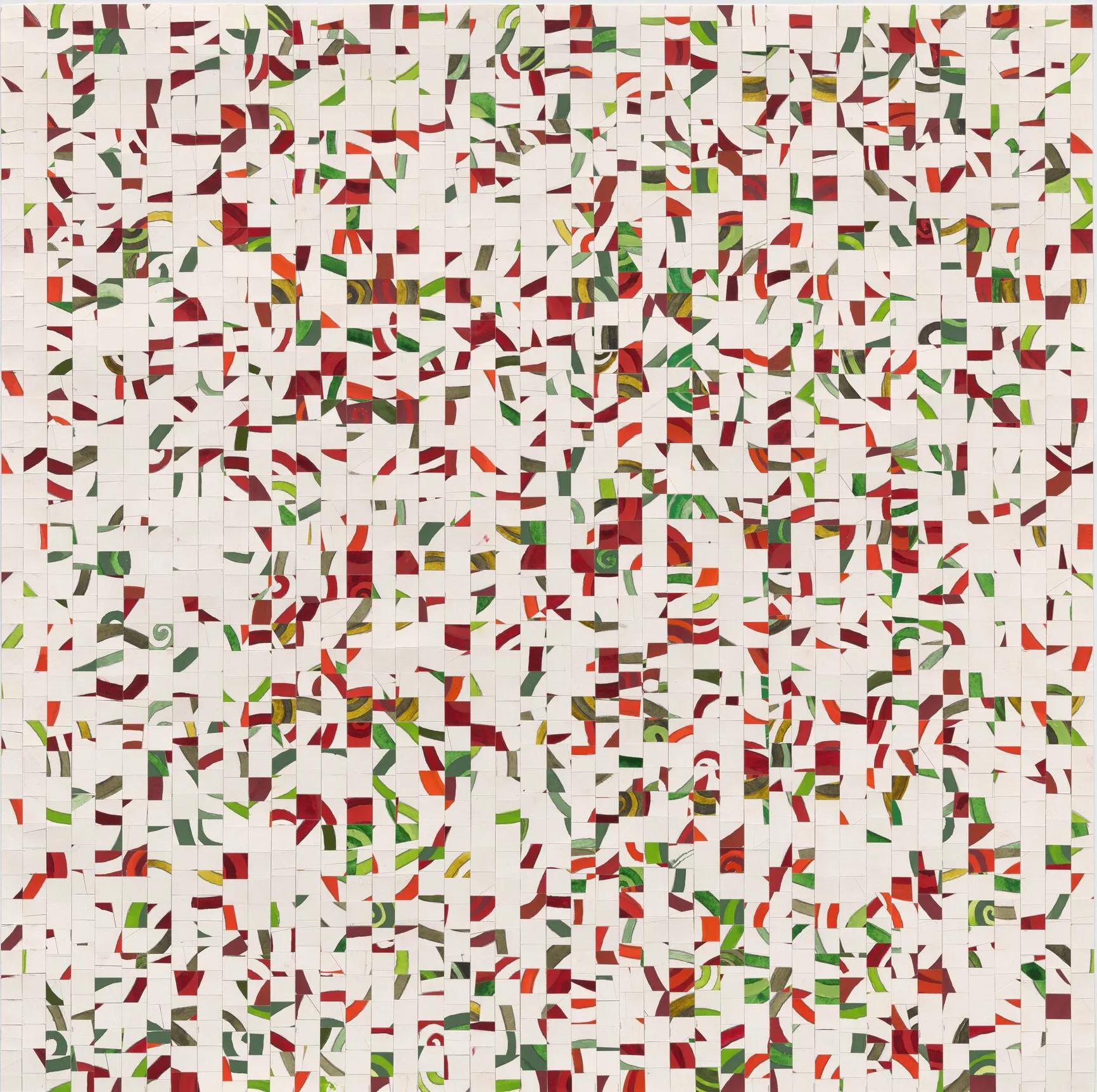Eva Hesse
Five Sculptures
2 May – 26 July 2024
New York, 22nd Street
‘The effect of a lot of Hesse’s large-scale sculpture is to put in question what you think you know about art.’ — Briony Fer.

About the exhibition
Eva Hesse (1936-1970) transformed the language of sculpture through her pioneering use of alternative forms and materials. Challenging the hard-edged, manufactured aesthetic of the prevailing minimalist movement of her day, Hesse’s use of latex, Fiberglas and industrial plastics opened new possibilities in art. Half a century later, her groundbreaking oeuvre is as potent as it was in 1968, the year of the first and only exhibition of her sculptures held during her lifetime. That there have been some fifteen exhibitions in the decades following her death in 1970 is a testament to Hesse’s continued contemporaneity.
Beginning 2 May, Hauser & Wirth will celebrate the 25th anniversary of the estate’s representation by the gallery by spotlighting Hesse’s remarkable achievements. This exhibition, organized by Barry Rosen, longtime adviser to the Hesse estate, in collaboration with art historian and critic Briony Fer, reunites five of her most celebrated large-scale works, all on loan from major American museums and all made in the most intense period at the end of her life from 1967 to 1969.

Both ‘Aught’ and ‘Augment,’ made in 1968, will be installed just as they were for their public debut in that year’s now-legendary exhibition ‘9 at Leo Castelli.’ On loan from Glenstone Museum, ‘Augment’ comprises seventeen overlapping rectangular sheets of rubberized canvas (78 by 40 inches) placed on the floor. ‘Aught,’ borrowed from the University of California, Berkeley Art Museum, is comprised of four parts, each the same size as those in ‘Augment,’ hanging side-by-side along the wall. However, each of the four segments in ‘Aught’ are comprised of two sheets of rubberized canvas that have been attached at the edges and filled with polyethylene drop cloths, creating a slightly billowing effect on the surface, provoking viewers to feel the tension in the space––literal and psychological––between painting and sculpture.

‘Area’ (1968), on loan from the Wexner Center for the Arts at Ohio State University in Columbus, was created in the summer of 1968 for Lucy Lippard’s landmark traveling exhibition ‘Soft and Apparently Soft Sculpture.’ For Hesse, ‘Area’ was important because of its underlying relationship to ‘Repetition Nineteen III.’ The artist explained: ‘‘Area’ is made from the mold of another piece, ‘Repetition Nineteen III.’ It is the insides that we took out. And then I made it into another piece. I mean there is no connection whatsoever except if you saw it, it is very clear… I rubberized the forms, attached them and sewed them together with wire and that is the piece… I have a personal attachment because it comes from another piece. I take a piece from one piece and make it totally another one. ‘Repetition Nineteen III’ was made of empty containers and there was that sexual connotation. It is anthropomorphic. ‘Area’ isn’t, or is in a totally different way. It is used as a flat piece with a suggestive three-dimensionality...’

Seriality, connection and repetition were at the heart of Hesse’s creative process and are evidenced clearly in the earliest work on view in this exhibition, ‘Repetition Nineteen I’ (1967). On loan from The Museum of Modern Art, New York, this work is the first of three versions Hesse planned to make over a period of ten months. It is comprised of eighteen bucket-like forms, each a little over nine inches tall, and is the last piece Hesse made using papier-caché, a favored medium. Hesse originally planned a second version of ‘Repetition Nineteen’ in sheet metal coated with Sculp-Metal, but abandoned that idea when she began to work with rubber and latex. ‘Repetition Nineteen I’ is a key example from Hesse’s oeuvre, elucidating the artist’s emotionally suggestive use of form and space, and interest in objects that were visibly handmade and irregular.
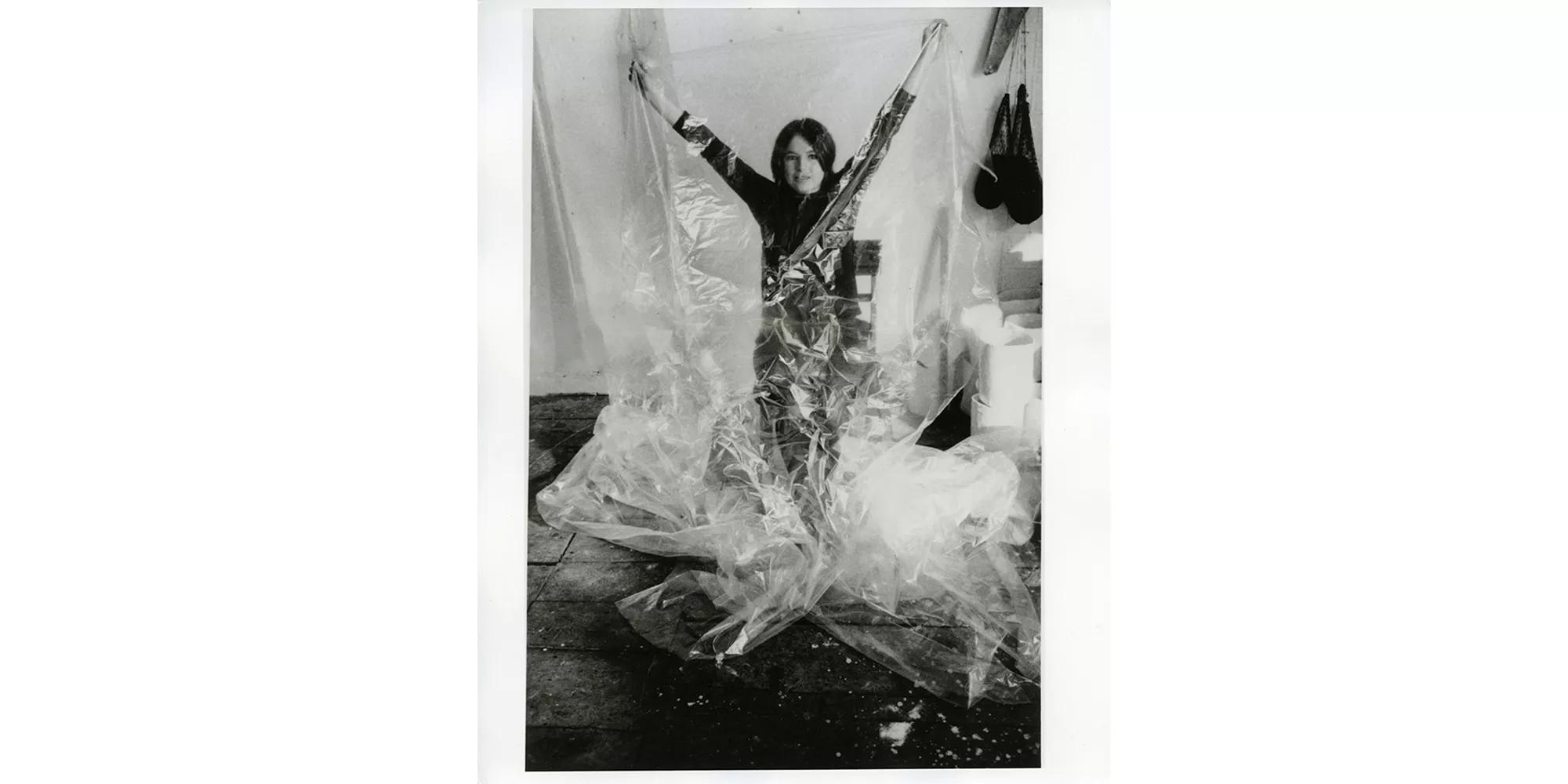
About the artist
Born in Hamburg Germany in 1936, Eva Hesse is one of the icons of American art of the 1960s, her work being a major influence on subsequent generations of artists. Comprehensive solo exhibitions in the past 50 years, as well as a retrospective that toured from the San Francisco Museum of Modern Art to the Museum Wiesbaden in Germany and finally to the Tate Modern in London, have highlighted the lasting interest that her oeuvre has generated. Hesse cultivated mistakes and surprises, precariousness and enigma, to make works that could transcend literal associations. The objects she produced, at times barely present yet powerfully charismatic, came to play a central role in the transformation of contemporary art practice.
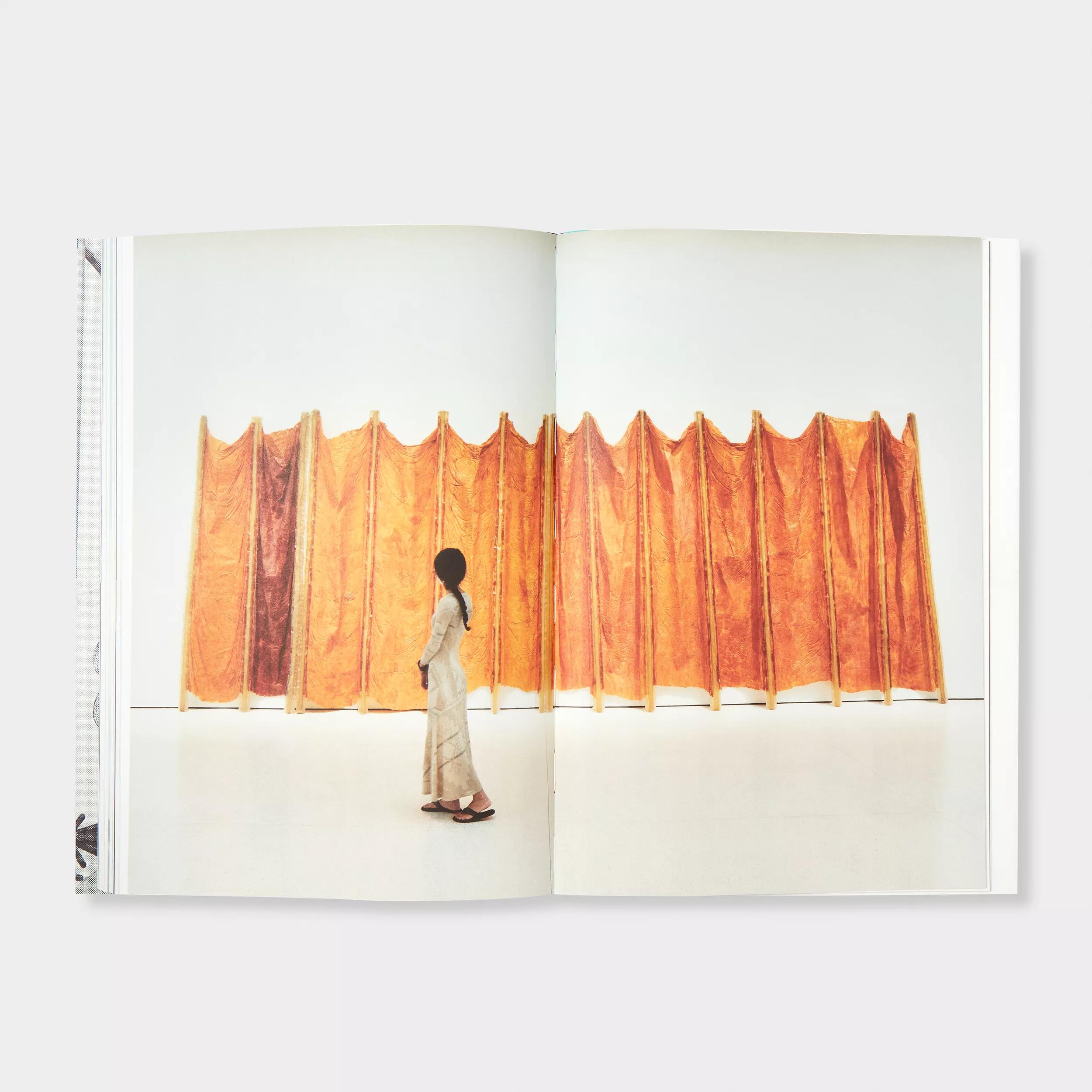
‘Eva Hesse: Exhibitions, 1972–2022’
Offering insight into Hesse’s milestone exhibitions from 1972 to the present day, this special volume addresses the ways in which exhibitions evolve from ideas to critical reception through the prism of Hesse’s work and her journey to becoming an icon of American art. Texts by the museum curators who made these shows reflect the personal dimension of crafting an exhibition, its intent and its reception. Edited by Barry Rosen and accompanied by extensive installation views, archival material, exhibition-related ephemera and snapshots, ‘Eva Hesse: Exhibitions, 1972–2022’ brings these exhibitions to life through the voices of Linda Shearer, Nicholas Serota, Ellen Johnson, Helen Cooper, Renate Petzinger, Elisabeth Sussman, Sabine Folie, Fred Wasserman, Catherine De Zegher, Fiona Bradley, Briony Fer, Luanne McKinnon, Petra Roettig, Brigitte Kölle, Andres Gyorody and Lena Stringari.
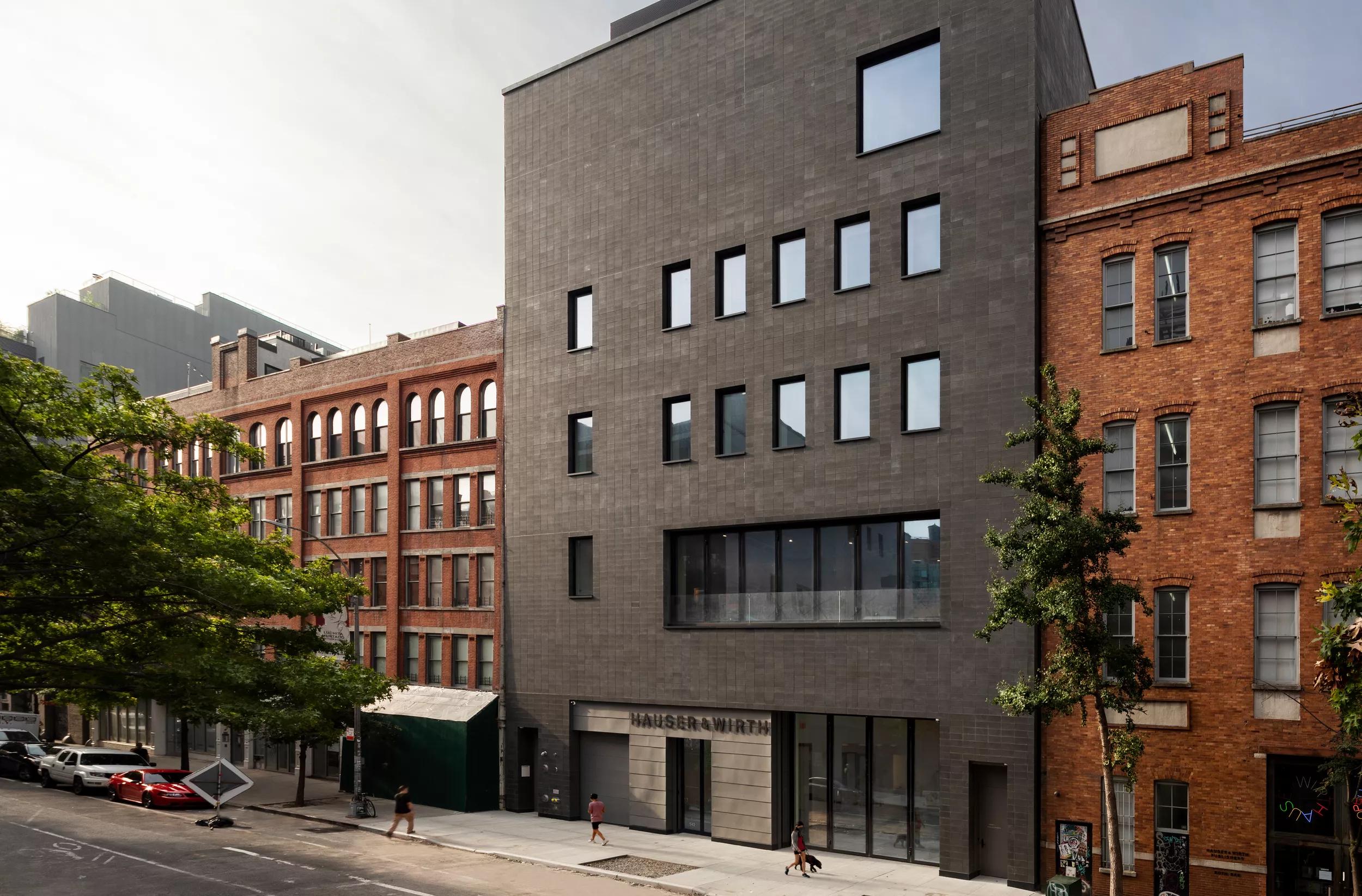
On view at New York, 22nd Street
‘Eva Hesse. Five Sculptures’ is on view until 26 July at New York, 22nd Street.
Related Content
Current Exhibitions
1 / 10










